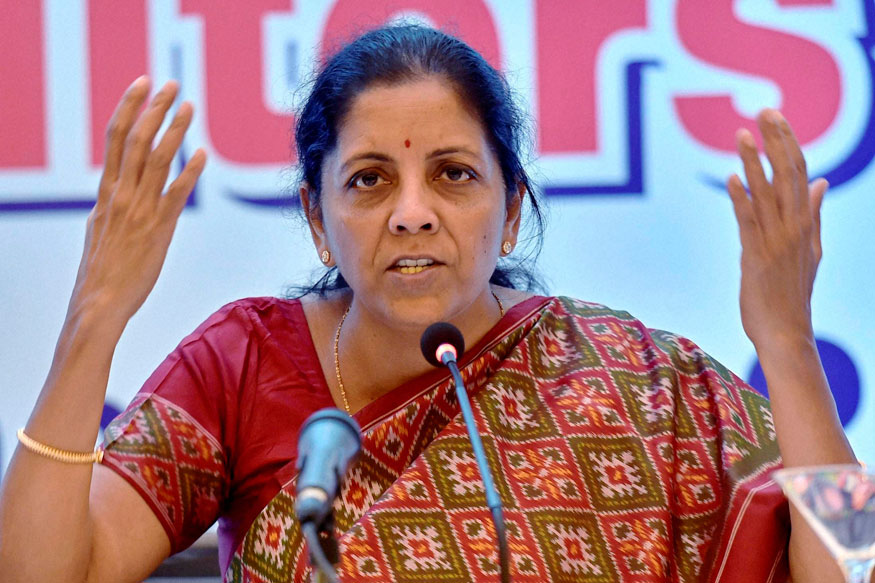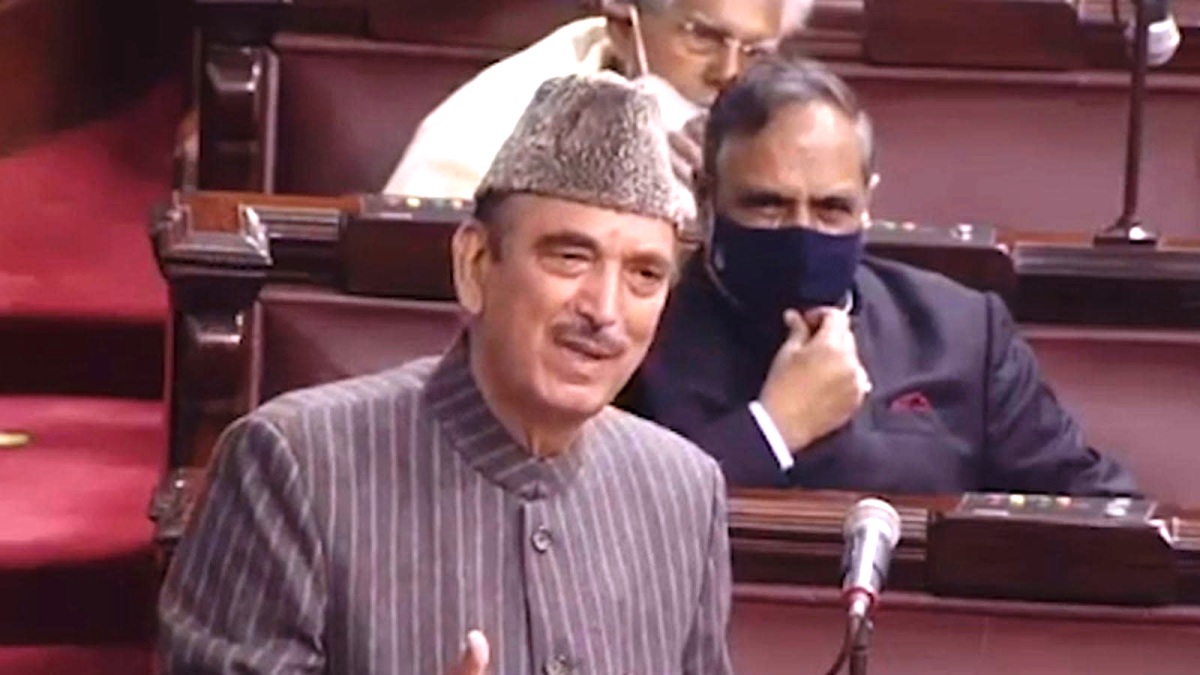implement them by suitable executive directions till proper legislation is enacted. The report of the IRC has been given to the Government of India but because of certain difficulties in the present context, no further action
by the executive has been possible. The study having been made by a Committee considered by the Government of India itself as an expert body, it is safe to act on the recommendations of the IRC to formulate the directions of this Court, to the extent they are of assistance. In the remaining area, on the basis of the study of the IRC and its recommendations, suitable directions can be formulated to fill the entire vacuum. This is the exercise we propose to perform in the present case since this exercise can no longer be delayed. It is essential and indeed the constitutional obligation of this Court under the
aforesaid provisions to issue the necessary directions in this behalf. We now consider formulation of the needed directions in the performance of this obligation. The directions issued herein for strict compliance are to operate till such time as they are replaced by suitable legislation in this behalf.”
28. In the case of University of Kerala v. Council of Principals of Colleges, Kerala & Ors. [(2010) 1 SCC 353], this Court held as under :
“32. It may be noted that this Court has on several occasions issued directions, directives in respect of those situations which are not covered by any law. The decision in Vishaka v. State of Rajasthan is one such instance wherein a three-Judge Bench of this Court gave several directions to prevent sexual harassment of women at the workplace. Taking into account the “absence of enacted law” to provide for effective enforcement of the right of gender equality and guarantee against sexual harassment, Verma, C.J. held that guidelines and norms given by the Court will hold the field until legislation was enacted for the purpose. It was clarified that this Court was acting under
Article 32 of the Constitution and the directions “would be treated as the law declared by the Court under Article 141 of the Constitution”. (para 16)
33. Similarly, the Supreme Court issued directions regarding the procedure and the necessary precautions to be followed in the adoption of Indian children by foreign adoptive parents. While there was no law to regulate inter-country adoptions, Bhagwati, J., (as His Lordship then was) in Laxmi Kant Pandey v. Union of India, formulated an entire scheme for regulating inter-country and intra-country adoptions. This is an example of the judiciary
filling up the void by giving directions which are still holding the field.”
29. The above stated principles exhibit the scope and width of the power of this Court under Article 32 of the Constitution. There is a clear mandate of law for this Court to protect the fundamental rights of the citizens. Infringements of rights would certainly invite the Court’s assistance. The limitation of acceptability to justice will not come in the way of the Court to extend its powers to ensure due regard and enforcement of the fundamental rights. The absence of statutory law occupying the field formulating effective measures to check breach of rights is the true scope of proper administration of justice. It is the duty of the Executive to secure the vacuum, if any, by executive orders because its field is coterminous with that of the Legislature and where there is inaction even by the Executive, for whatever reason, the Judiciary must step in, in pursuance of its constitutional obligation to provide solution in any case till the time the Legislature addresses the issue.
The courts have taken precaution not to pass orders even within the ambit of Article 142 of the Constitution that would amount to supplanting substantive law but at the same time these constitutional powers cannot in
any way be controlled by any statutory provision. The absence of law and a vacuum or lacunae in law can always be supplied by judicial dictum. In some cases, where the jurisdiction is invoked to protect the fundamental
rights and their enjoyment within the limitation of law, the Court has even stepped in to pass orders which may have the colour of legislation, till an appropriate legislation is put in place. The directions of the Court could be relatable to a particular lis between the parties and even could be of a generic nature where the facts of the case called for. There can be cases like the one in hand where there is no infringement of a specific legislation or even where no legislation is in place but are purely cases of infringement of fundamental rights and their violation. The directives are needed to protect them and to ensure that the State discharges its obligation of protecting the rights of the people as well as the environment. The deficiencies in the aforementioned fields are not deficiencies simplicitor but have far reaching consequences of violating the fundamental protections and rights of the people at large. It is the obligation of the State to provide safety, health care, means to freely move and to profess the religion in the manner as they desire insofar as it is within the limitations of law.
30. Certainly some development projects would have to be undertaken but without infringing on the protection to the forests or the environment. These are ecologically and climatically sensitive areas. It must be ensured that development does not impinge upon the purity of the environment beyond restricted and permissible limits. The doctrine of sustainable development and precautionary principle would be the guiding factors for the courts to pass such directions. We had the advantage of having an Expert Committee Report before us, which recommends the various steps, development programmes and precautions that can be undertaken by the Government and the Shrine Board to the advantage of all stakeholders, particularly the pilgrims. Thus, the directions we contemplate to issue under this order are in conformity with these legal maxims and are likely to cause no practical issues.
31. Applying these principles to the facts of the present case, it is apparently the constitutional obligation of this Court to issue specific directions in addition or which are to be read mutatis mutandis to the Report of the SHPC. In the above background, it is axiomatic for us to issue the following directions :
1) The report of the SHPC is hereby accepted in terms of this judgment.
2) The recommendations contained in the report shall be read, construed and applied in aid to the directions of this Court and not in derogation thereto.
3) All the recommendations contained in the report shall be implemented under two different heads, i.e., ‘short-term measures’ and ‘long-term measures’. This categorization shall be made by the Sub-Committee consisting of the following :
a. Chief Secretary of the State of Jammu and Kashmir;
b. Secretary, Home, State of Jammu and Kashmir; and
c. CEO of the Amarnathji Shrine Board.
4) Steps in relation to health care, improvement of walking tracks, providing of pre-fabricated toilets, tents, pre-fabricated walking path/mats, construction of STPs and providing of one way tracks shall be treated as short-term measures.
5) We hereby direct the Chief Secretary of every State to notify the hospitals and medical officers in those hospitals who shall issue health certificates to all the persons who are desirous of going for yatra henceforth. The authorities shall place such notification in the public domain and give it due publicity. These certificates shall be issued free of cost.
6) We direct the Chief Secretary and Secretary, Health of each respective State, particularly, the State of Uttar Pradesh, Haryana, Punjab, Rajasthan, Himachal Pradesh and Union Territory of Chandigarh to depute such number of doctors during the relevant period to the State of Jammu and Kashmir for ensuring due health care of the pilgrims, as may be necessary.
7) The State of Jammu and Kashmir shall write to the Chief Secretaries/Secretaries, Health of each State by 30th of April of every year, making requisition for the number of doctors and the area of specialization from which such doctors are required. The concerned State shall inform the Chief Secretary/Secretary, Health and the Director General of Health Services of the State of Jammu and Kashmir by 30th May of the year, the names with specialization of the doctors who have been deputed for the yatra period at the State of Jammu and Kashmir and actually direct and inform the
concerned doctors of their ‘temporary duty’, in public interest, with the State of Jammu and Kashmir.
8) The medical teams shall be deployed en route to the Holy Cave at a regular distance not exceeding two kilometers.
9) The State of Jammu of Kashmir and the Shrine Board shall provide infrastructure, equipment, medicines and















